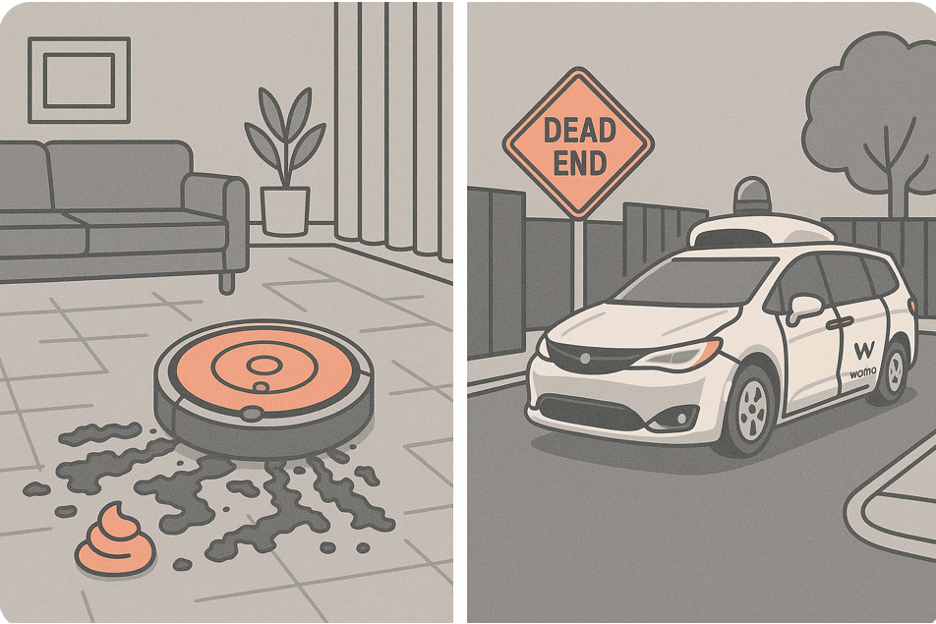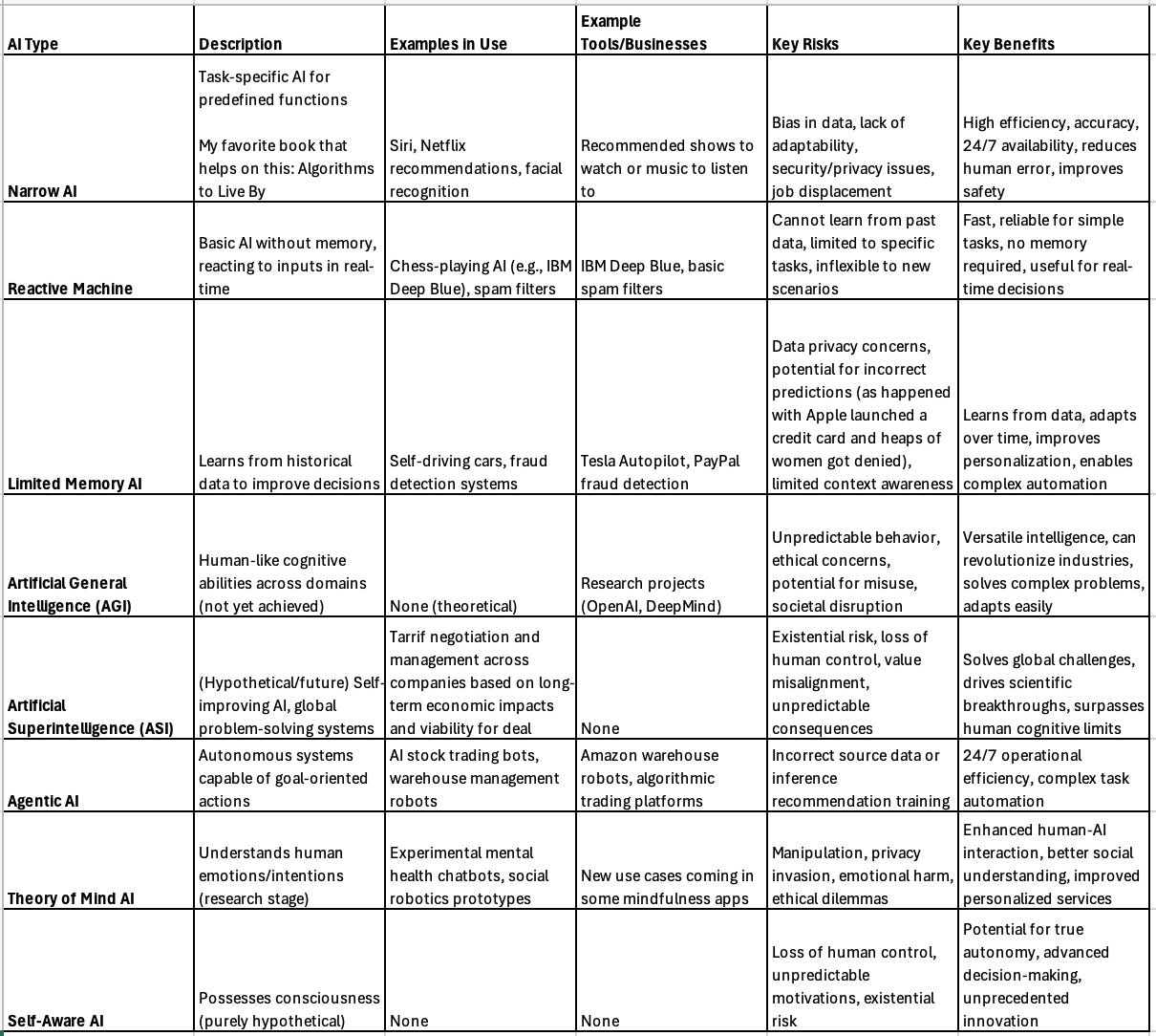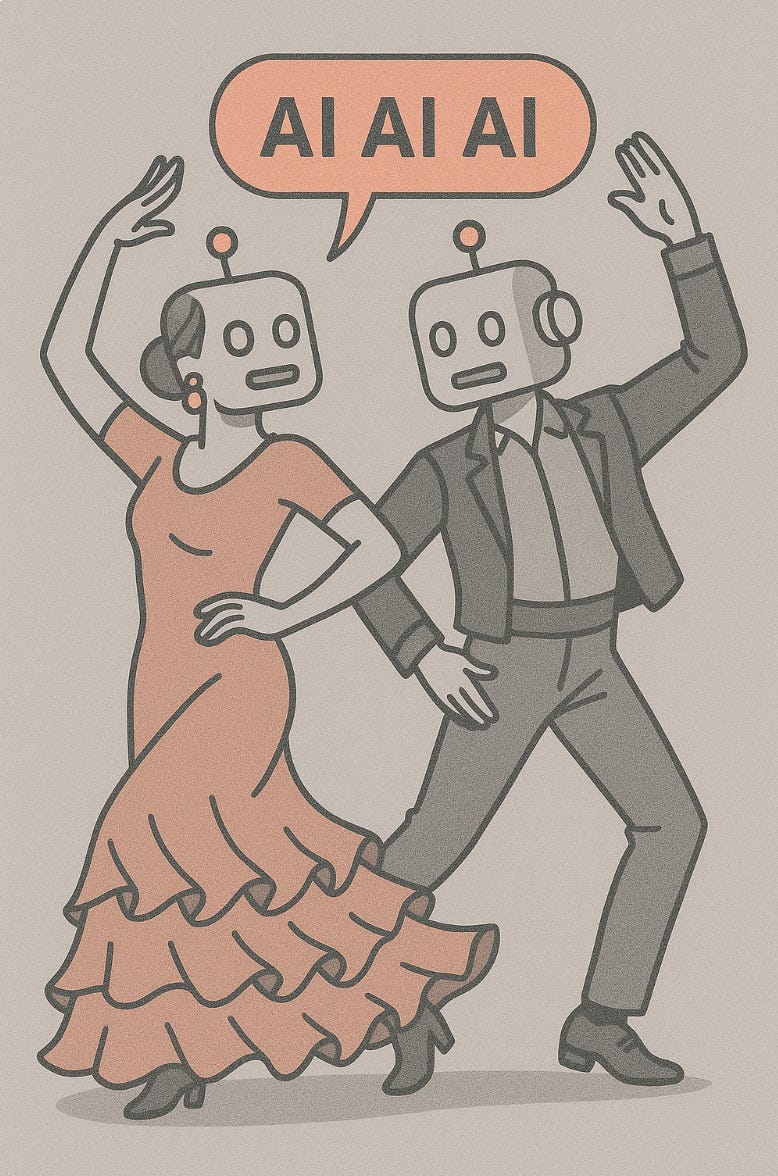Aye Aye Aye (AI in practice with practice)
Learning from Flamenco steps and missteps, some musings on where AI shines and gotchas.
When I was in college, Freshman year I joined the Flamenco club for a hot minute. The social events looked cool, dancing beautiful, and I figured “how hard can it be to stomp and yell “aye!”
Turns out, about the time I hit my third “aye aye aye” I realized it was incredibly nuanced – the patterns, the form, the timing – beautiful, and hard. As with any new skill or talent, Flamenco takes time. Note: I didn’t give it that time, but it was fun for a brief stomp.
AI is similar in my mind. On the surface, it looks clean, beautiful, and easy. For agentic AI, you put in a prompt and boom – there’s a whitepaper, research, business plan, or image. And to be clear, it’s getting better all the time.
Here are some areas where I’m loving AI tools:
Image creation: most images on my substack are AI generated. Why? I like the consistency in style, color, and that they’re sufficiently vague.
Starter research: I love to start research in AI search engines. The more nuanced the prompt the better the outputs. I did a business case the other day leveraging the “voice” of three titans in business from history and the bulleted thoughts coming out were amazing. BUT, per the source data, training, and validation points below – this is good for starter. Checking sources, making sure they’re valid, and checking for bias is key.
Automation for workflow: In the workplace, AI shines with things like media targeting, churn prevention management via identifying events and driving auto triggers, and auto answers or workflow facilitation where the answer or workflow is fairly static (e.g. refunds in customer service, or auto-cropping images to publish).
Copilot: for coding, recording meetings, and more. Vibe coding is something I’m seeing picked up more, as is leveraging AI as another engineer to help co-create. I do not think it’s a replacement to be clear – engineers are incredibly smart, and the human check factor is key for making loveable experiences imo. I do think as co-creation picks up, skills will evolve.
Here are big gotchas to keep an eye on:
True quality: in work we’re finding that some solutions are pitched great and sound great in theory. But hard in practice. For example we’re working on AI for translation and dubbing but some of the terms back are goofy and worse inappropriate. Thankfully we have wicked smart people and quality controls in place.
Source data: if you do research in ChatGPT and Perplexity, you’ll likely get slightly different answers. I did a swot in each and the answers were different – so was the root data when you tap source.
Training in drives output: building on the data, what trains the models drives the output. I created a series of 8 images in ChatGPT and all defaulted to white dudes. With prompting I could change these, but the default is predicated on the training.
Security: companies are learning this now as it’s hopefully taught in security training – what goes into AI tools is not always safe/secure/private. Publishing company details like financials or trade secrets? Be sure to know who owns the data on the other end.
Situational awareness: one of my favorite memes (because it didn’t happen to me) is a picture of a Roomba (self-navigating vacuum) that ran over dog poop. The house looked like a treasure map from Dora in the end. I remember being in a Waymo in San Francisco (self-driving car) and getting just before our stop where there was a perfect place to get out of the car. Waymo would not open the doors until it was absolutely the spot. Annoying, added time, and slightly trap-feeling-inducing. AI and automation can be cool, and needs to know or be prompted for context.
Here's a breakdown on types and gotchas on AI by AI (with my edits over top):
For all systems, I think individuals and companies often forget the variable costs behind AI use too. It’s expensive from a compute perspective, to get scalable systems set up you need to follow a model similar to DevOps or Design System work where patterns and queries are stored, and there are security practices in place, and critical thought is more important than ever.
Some tips:
Start stomping. If you’re aren’t testing AI tools yet, start! My favs are Perplexity, ChatGPT, Claude, Salesforce agents, Microsoft Copilot, and Grammarly
When you get a recommendation or output, verify it. Just like with a human – trust and verify.
Monitor costs. Is it really saving time or adding time to be creative in a new AI tool? How about compute and data management costs? These are key and spendy.
Be safe. Just like in Flamenco, if you misstep, learn from it and get back on track. Or you can severely hurt yourself (or others).





Such a useful overview! Thank you!